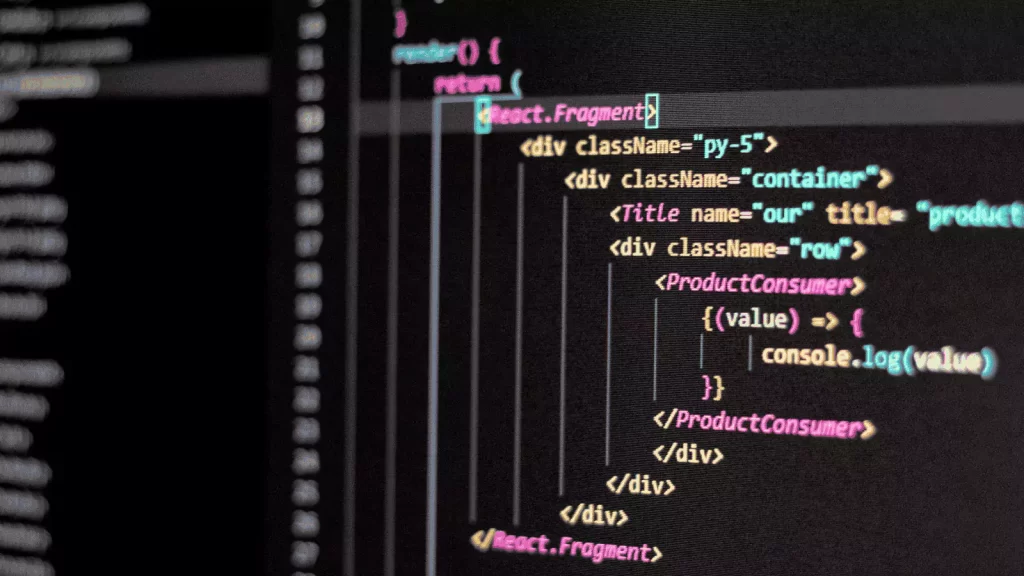Technology is a major factor in determining how education will develop in the future, and the educational landscape is evolving significantly. One of the biggest developments is the emergence of no-code solutions, which are software platforms that let people construct websites, automated workflows, and apps without knowing a single line of code. In addition to changing businesses, this approach to change is now having an impact on higher education. No-code tools are being included into curriculum at colleges and universities throughout the globe in an effort to better educate students for the demands of the modern workforce.
The No-Code Revolution in Education
A significant change from standard teaching approaches is represented by the incorporation of no-code technologies into college educational programs. Technical skills like coding have traditionally needed specialized expertise and an extensive period of learning. But with the emergence of no-code platforms, these skills have been more widely available to students from a variety of academic backgrounds.
Institutions of higher learning intend to promote creativity, innovation, and problem-solving abilities by integrating no-code technologies into their courses of study. The increasing requirement for workers who are flexible and can promptly adjust to new technologies without requiring extensive technical knowledge is in line with this strategy.
Why No-Code Tools Are Gaining Traction?
No-code technologies are becoming more and more common in university curriculum for many different kinds of reasons:
1. Accessibility and Ease of Use
Because of the user-friendly interfaces of no-code platforms, students may construct useful apps without any prior programming knowledge. With regard to its ease of use, non-technical students may take part in tech-driven initiatives, removing obstacles and promoting diversity.
2. Bridging the Skill Gap
A significant gap in skills exists in the global workforce, especially in positions involving technology. Colleges are tackling this problem by giving students no-code skills, which allow them to participate in digital transformation projects in a significant way without requiring several years of specialized training.
3. Enhancing Employability
More and more employers are looking for individuals with real-world, practical experience. Incorporating no-code tools into the curriculum guarantees that students graduate with skills that are relevant to the business, which gives them a competitive advantage in the employment market.
4. Cost-Effectiveness
Using standard coding techniques to create prototypes or apps can be costly and time-consuming. Students may concentrate on creativity rather than resource limitations using no-code tools, which provide a more affordable alternative.
The Role of No-Code in Various Academic Disciplines

Because of their adaptability, no-code technologies may be used in a variety of academic fields. Here are some examples of how various industries are using this technology:
Business and Entrepreneurship
Students participating in business programs create minimal viable products (MVPs), test business concepts, and design prototypes using no-code technologies. In addition to promoting entrepreneurial thinking, this practical method speeds up learning.
Design and Creative Arts
Design students may use no-code platforms to create interactive and useful prototypes that realize their concepts. By bridging the gap between design ideas and practical implementations, these gadgets improve education as a whole.
Social Sciences
Students may develop data visualization dashboards, run surveys, and study trends in the social sciences with no-code tools. Data-driven decision-making and research capacities are improved by this real-world technological application.
Science and Engineering
Although engineering education continues to rely heavily on traditional programming, no-code technologies enhance the curriculum by making difficult tasks easier. With minimal effort, students may evaluate data, automate procedures, and simulate real-world situations.
Transforming Teaching Methodologies
The shift from traditional to no-code technologies is not just influencing student activity; it is also changing how educators approach education. Faculty members use these tools to provide dynamic, engaging, and individualized learning experiences. Educators might focus on developing students’ critical thinking and creativity by lowering the complexity of technical assignments.
Additionally, blended learning models may be supported by no-code technologies, which let educators create unique platforms and apps that meet the needs of certain courses. This adaptability guarantees that students stay involved throughout their academic careers and improves the general quality of education.
Benefits of Integrating No-Code Tools in Education
There are several advantages of using no-code tools in college educational programs:
1. Promoting Interdisciplinary Collaboration
Students from various industries communicate significantly while using no-code tools. For example, by utilizing their individual talents, a group of students studying marketing, design, and engineering might collaborate to produce a completely working product.
2. Encouraging Innovation
Students may concentrate on creativity and problem-solving when technological barriers are removed with the help of no-code platforms. This encourages creativity by allowing students to rapidly modify on their own designs and try out new ideas.
3. Preparing Students for the Future
Digital abilities will become progressively more crucial in the workplace of the future. Colleges make sure that students have the skills necessary to succeed in a technologically advanced society by incorporating no-code tools into their courses of study.
4. Enhancing Productivity
Students have the ability to achieve more in less time because of no-code platforms that simplify the development and deployment of applications. A more dynamic and captivating learning environment results from this enhanced productivity.
Challenges and Considerations
Although there is no denying the advantages of no-code tools, incorporating them into college curriculum is not without its difficulties. The most significant matters to think about are:
1. Ensuring Quality and Depth
An excessive dependence on no-code tools carries the danger of developing an insufficient understanding of technology. Colleges need to find a balance between using no-code platforms and teaching fundamental principles.
2. Training Educators
For no-code technologies to be implemented successfully, educators must be familiar with these platforms. To guarantee that educators are capable of instructing and guiding students, educational institutions have to support faculty training initiatives.
3. Addressing Security and Privacy Concerns
There may be security and privacy issues with no-code platforms, just like with any technology. Strong safeguards must be put in place by colleges to protect student information and guarantee adherence to the appropriate regulations.
4. Keeping Pace with Technological Advancements
The rapid development of technology implies that no-code tools will keep evolving and getting better. To make sure that the courses they offer are still up-to-date educational institutions need to keep up with the most recent developments.
The Future of No-Code in Education
Although the use of no-code tools in college courses is still relatively new, there is a lot of room for expansion. No-code platforms will probably get much more advanced as technology develops further, providing more features and a wider range of applications.
Additionally, the use of no-code solutions is consistent with more general educational trends including the growth of individualized learning, the focus on project-based learning, and the incorporation of technology into every aspect of the educational process. These advancements will strengthen the no-code platforms’ influence on how education is developed in the future.
Conclusion
One of the most significant developments in education is the shift toward no-code technologies in college curriculum. These platforms enable students to interact across disciplines, empower their creativity, and improve their employability by democratizing access to technology. No-code tools are an essential component of modern learning because, despite ongoing difficulties, the potential advantages much exceed the risks.
In addition to educating students for the demands of the modern day workforce, universities that continue to embrace this technology transformation are cultivating an innovative and adaptable culture that will continue to drive advancement for years to come.
Read Also – Student-Centric and Campus Life: A Holistic Approach to Education
Is BA LLB With Company Secretary A Good Choice

